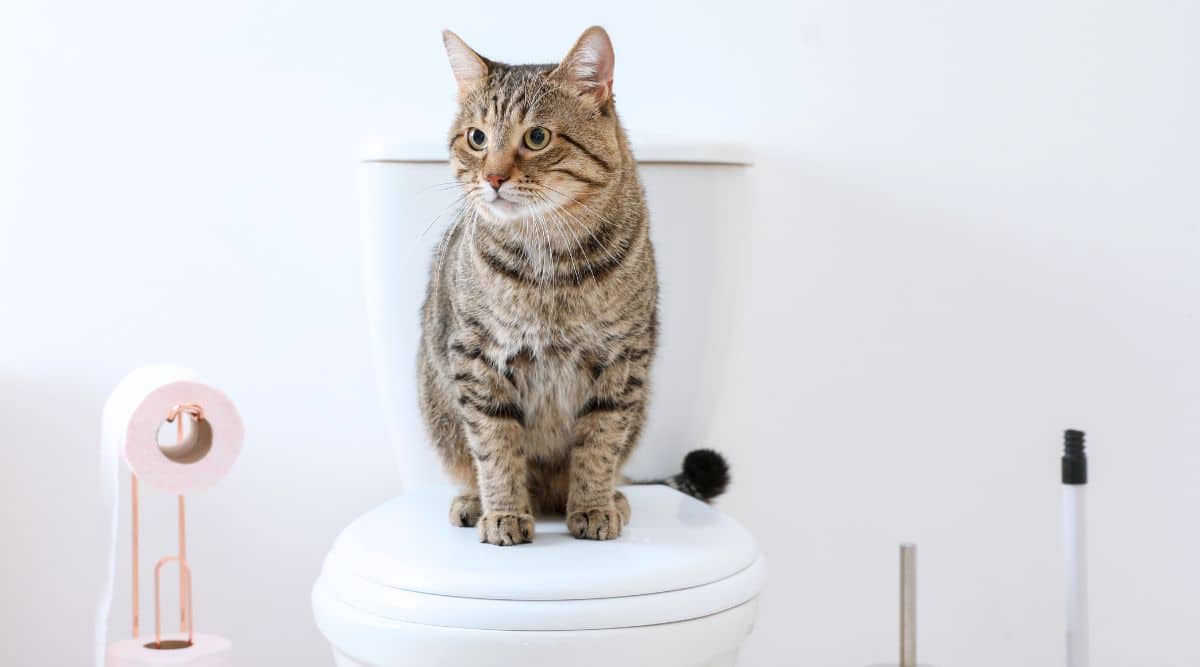Presented here in the next paragraph you can discover a lot of awesome additional info related to Can You Flush Cat Poo or Litter Down the Toilet?.

Introduction
As pet cat owners, it's important to be mindful of exactly how we throw away our feline buddies' waste. While it might appear convenient to flush feline poop down the commode, this technique can have detrimental consequences for both the environment and human health and wellness.
Alternatives to Flushing
Fortunately, there are more secure and more liable means to get rid of pet cat poop. Take into consideration the following choices:
1. Scoop and Dispose in Trash
The most usual approach of dealing with feline poop is to scoop it right into a biodegradable bag and throw it in the trash. Make sure to utilize a committed trash inside story and dispose of the waste promptly.
2. Usage Biodegradable Litter
Opt for biodegradable pet cat trash made from materials such as corn or wheat. These litters are eco-friendly and can be securely gotten rid of in the trash.
3. Hide in the Yard
If you have a lawn, consider hiding cat waste in a marked area away from veggie yards and water sources. Be sure to dig deep adequate to avoid contamination of groundwater.
4. Set Up a Pet Waste Disposal System
Invest in a pet garbage disposal system especially designed for pet cat waste. These systems make use of enzymes to break down the waste, decreasing smell and ecological influence.
Health Risks
Along with ecological problems, flushing cat waste can also present health threats to humans. Feline feces may have Toxoplasma gondii, a bloodsucker that can create toxoplasmosis-- a possibly extreme disease, specifically for expectant females and people with weakened body immune systems.
Ecological Impact
Purging pet cat poop presents damaging virus and parasites into the supply of water, posing a considerable danger to water communities. These pollutants can negatively affect marine life and concession water high quality.
Final thought
Liable pet dog ownership prolongs beyond giving food and shelter-- it likewise entails proper waste monitoring. By refraining from flushing feline poop down the commode and choosing alternative disposal methods, we can minimize our ecological footprint and safeguard human health and wellness.
Why Can’t I Flush Cat Poop?
It Spreads a Parasite
Cats are frequently infected with a parasite called toxoplasma gondii. The parasite causes an infection called toxoplasmosis. It is usually harmless to cats. The parasite only uses cat poop as a host for its eggs. Otherwise, the cat’s immune system usually keeps the infection at low enough levels to maintain its own health. But it does not stop the develop of eggs. These eggs are tiny and surprisingly tough. They may survive for a year before they begin to grow. But that’s the problem.
Our wastewater system is not designed to deal with toxoplasmosis eggs. Instead, most eggs will flush from your toilet into sewers and wastewater management plants. After the sewage is treated for many other harmful things in it, it is typically released into local rivers, lakes, or oceans. Here, the toxoplasmosis eggs can find new hosts, including starfish, crabs, otters, and many other wildlife. For many, this is a significant risk to their health. Toxoplasmosis can also end up infecting water sources that are important for agriculture, which means our deer, pigs, and sheep can get infected too.
Is There Risk to Humans?
There can be a risk to human life from flushing cat poop down the toilet. If you do so, the parasites from your cat’s poop can end up in shellfish, game animals, or livestock. If this meat is then served raw or undercooked, the people who eat it can get sick.
In fact, according to the CDC, 40 million people in the United States are infected with toxoplasma gondii. They get it from exposure to infected seafood, or from some kind of cat poop contamination, like drinking from a stream that is contaminated or touching anything that has come into contact with cat poop. That includes just cleaning a cat litter box.
Most people who get infected with these parasites will not develop any symptoms. However, for pregnant women or for those with compromised immune systems, the parasite can cause severe health problems.
How to Handle Cat Poop
The best way to handle cat poop is actually to clean the box more often. The eggs that the parasite sheds will not become active until one to five days after the cat poops. That means that if you clean daily, you’re much less likely to come into direct contact with infectious eggs.
That said, always dispose of cat poop in the garbage and not down the toilet. Wash your hands before and after you clean the litter box, and bring the bag of poop right outside to your garbage bins.
https://trenchlesssolutionsusa.com/why-cant-i-flush-cat-poop/

I am very excited about Don’t flush cat feces down the toilet and I am hoping you enjoyed our post. Do you know about anybody else who is serious about the subject? Be sure promote it. Thanks for taking the time to read it.
Click Here